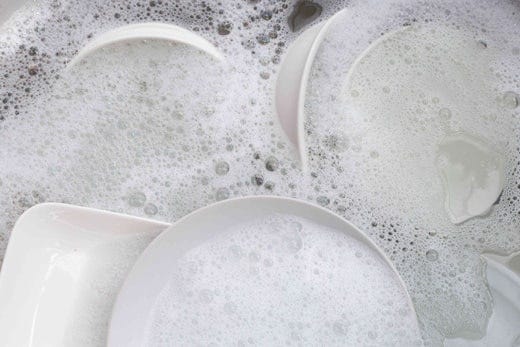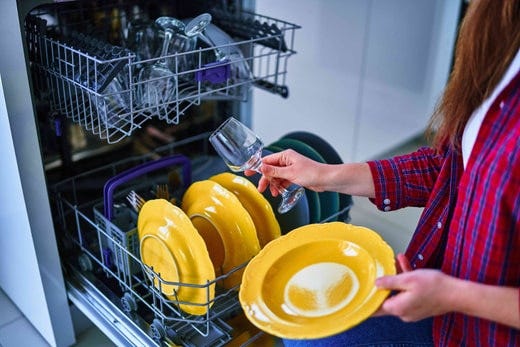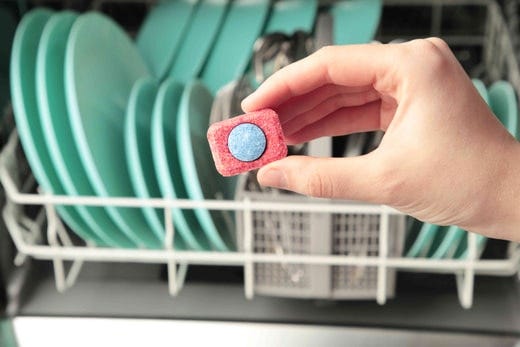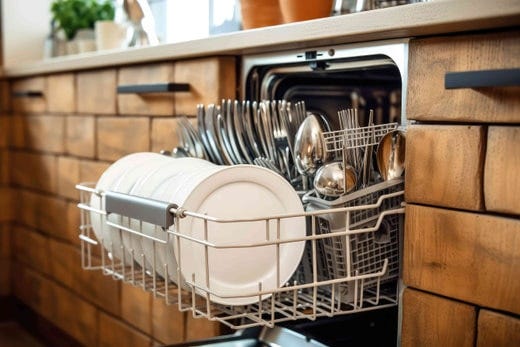
Why Is My Dishwasher Not Drying the Dishes
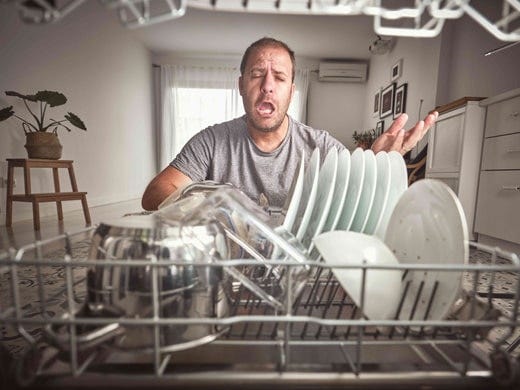
Here’s a problem you may have experienced: You load your dishwasher, fill in the detergent compartment with the best and most reliable dishwasher detergent, and set your preferred cycle, but when you unload the dishes, they are still wet. That’s strange.
We know how frustrating it can be to open the dishwasher after the wash cycle has been completed and find the items still damp. Well, we have just the thing for you.
Read this article to find the top reasons why your dishwasher isn’t drying the dishes and what you can do to resolve the problem.
Reasons your dishwasher isn’t drying
Here are some of the most common reasons that can cause your dishwasher to dry the dishes completely.
1. Selecting the wrong dishwasher cycle option
It is possible that the dishwasher model you are using has a program and cycle option with reduced or no heat for drying dishes, and you are unintentionally selecting this cycle option.
Prior to each wash, choose the wash cycle with a heat dry or extended heat dry setting for thoroughly dried dishes.
2. Malfunctioning heating element
If the heating element in your dishwasher malfunctions, it can affect both the cleaning and drying of your dishes. This issue requires the expertise of a professional technician.
If you suspect the heating element is causing your dishwasher's drying problem, schedule a service appointment promptly.
3. Not using a rinse aid
Using a top-notch rinse aid, such as Finish Rinse Aid, is crucial to improve the drying performance throughout the wash cycle by removing the remaining water from your dishes and the interior of your dishwasher.
Additionally, when used regularly, its special formula helps you leave your dishes streak-free by providing a protective barrier between the food and the dishes.
4. Loading the dishwasher improperly
Not loading the dishwasher properly can hamper your dishwasher’s cleaning and drying performance. Never overcrowd the racks and place items at an angle to help drying and drainage during the wash cycle.
Find out how to load your dishwasher properly for optimum cleaning. From rinsing to not overloading to stacking your kitchenware in the best spot, we cover best practices.
Tips to improve drying the dishes in the dishwasher
Here are some tips that will help you dry your dishes more efficiently after each wash cycle.
- Load your dishes at a downward angle for easy water runoff.
- Don’t overcrowd racks; ensure hot air reaches every dish.
- Choose the right wash cycle with a Heat Dry or Extended Heat Dry setting.
- Enhance drying with rinse aid and prevent excess moisture buildup.
- Split large dishwasher loads into two smaller loads to improve airflow.
- Check the water heater thermostat to ensure it is set to at least 120 degrees.
.png?width=70&height=45&format=png&quality=50)
